What do Queen Marie of Romania, King Tutankhamen, Czar Nicholas of Russia, Saint Vladimir of Ukraine, and Princess Diana of England have in common? They are all represented on stamps of Eastern Europe. When the various countries of Eastern Europe Intersect with their far reaching monarchies, the result can be a fascinating plethora of philatelic offerings. Please join us in exploring Royals, our newest collection.
Kings
On stamps have been issued by Eastern European countries for multiple centuries. One of the earliest postal stamps issued by Hungary was of beloved King Franz Joseph, emperor of Austria and King Of Hungary 1867-1917, which is a rare find for country philatelists, while the recent issuance from Hungary celebrating the Discovery of King Tutankhamun is a delight for topical collectors.
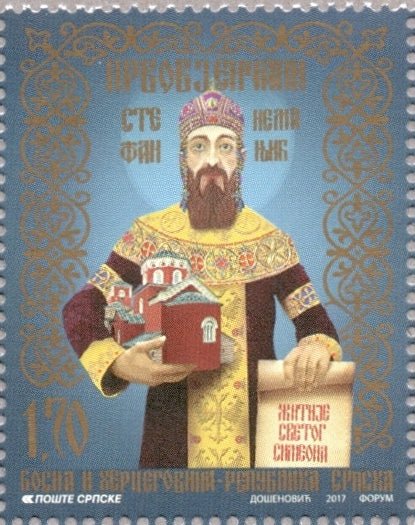


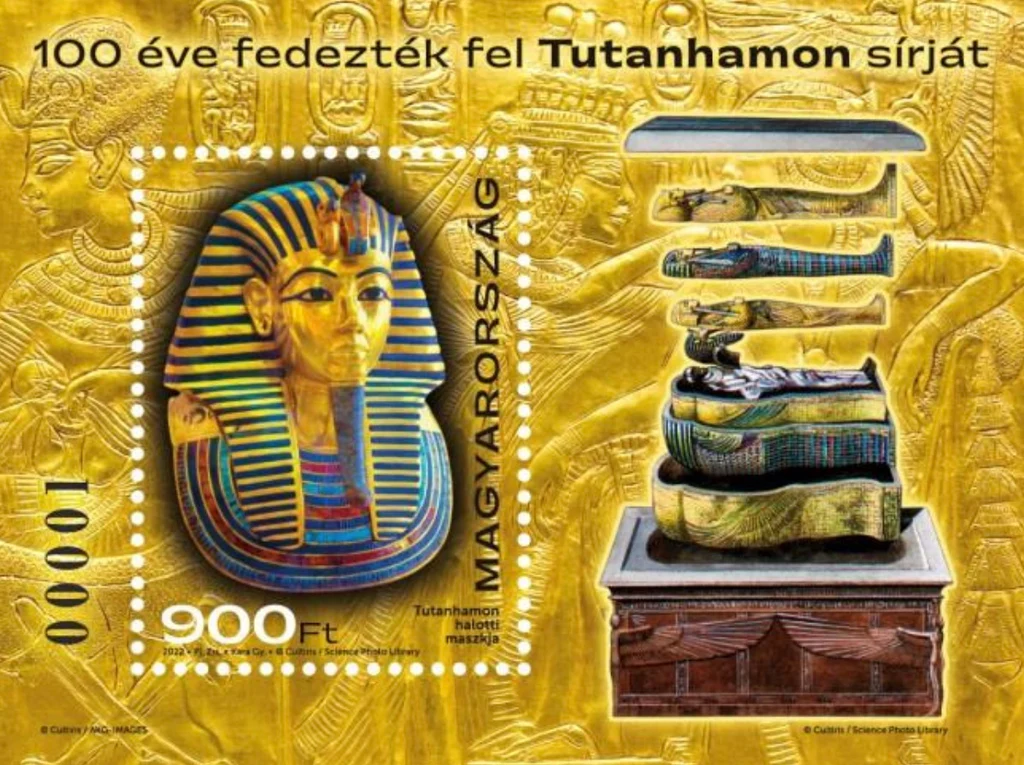
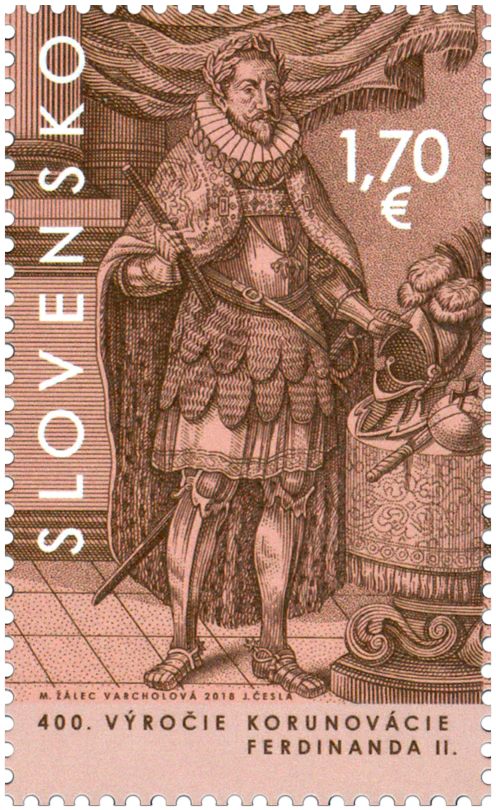
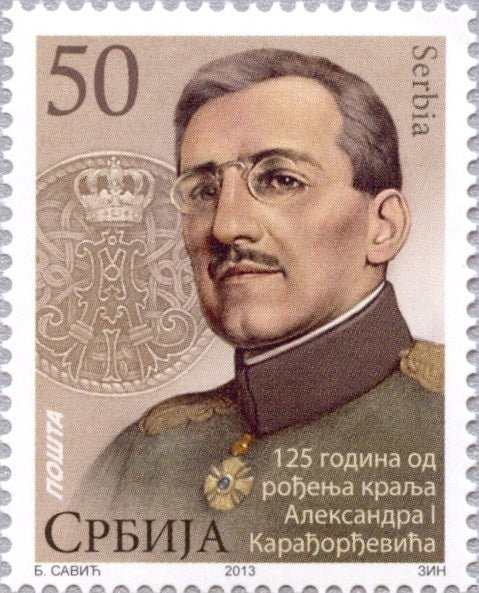

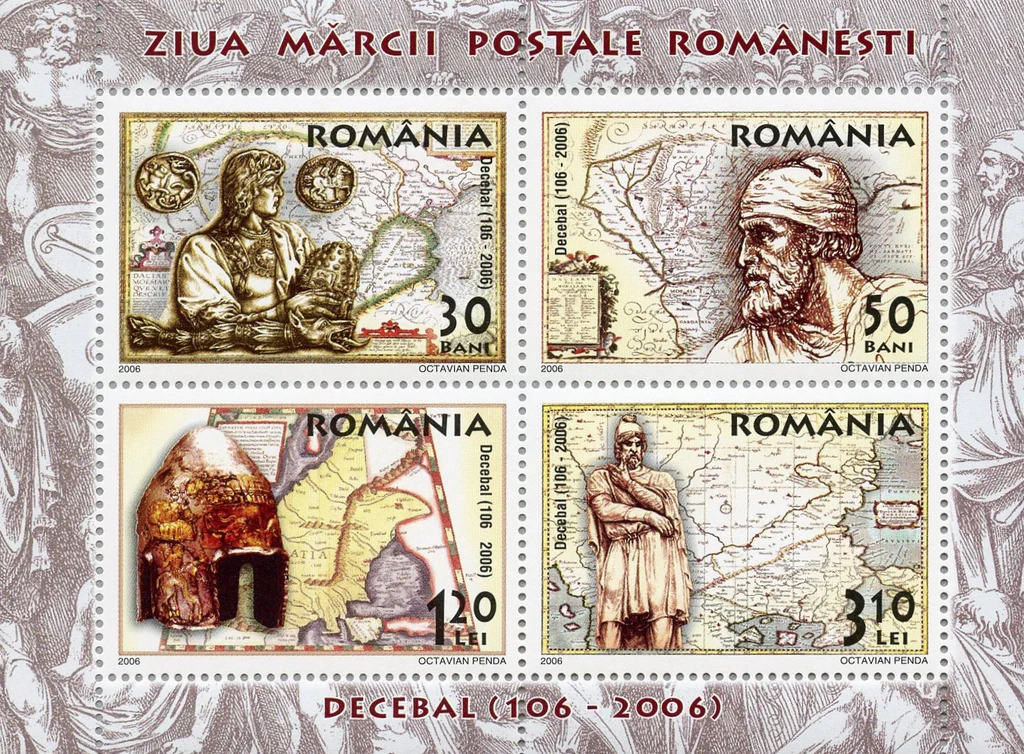
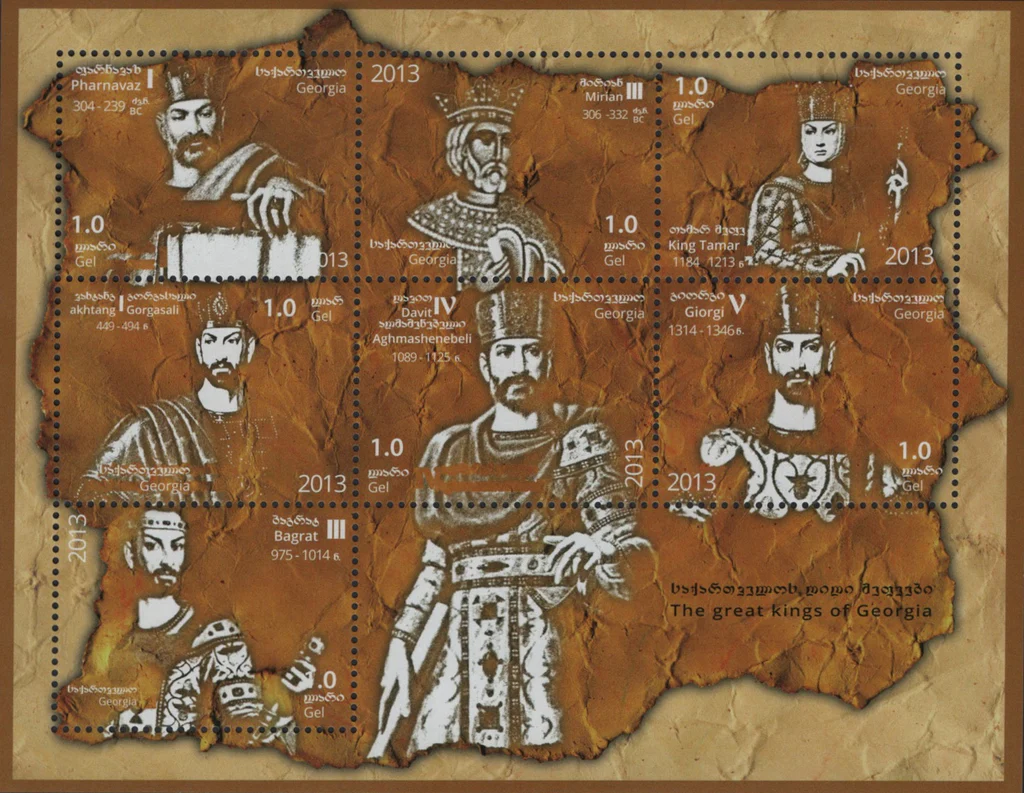
Czars and Sultans
Czar Nicholas ll was the last Emperor of Russia, while also having the titles of King of Congress Poland and Grand Duke of Finland. He ruled from 1894 until his abdication in 1917 and ended the Romanov dynasty.
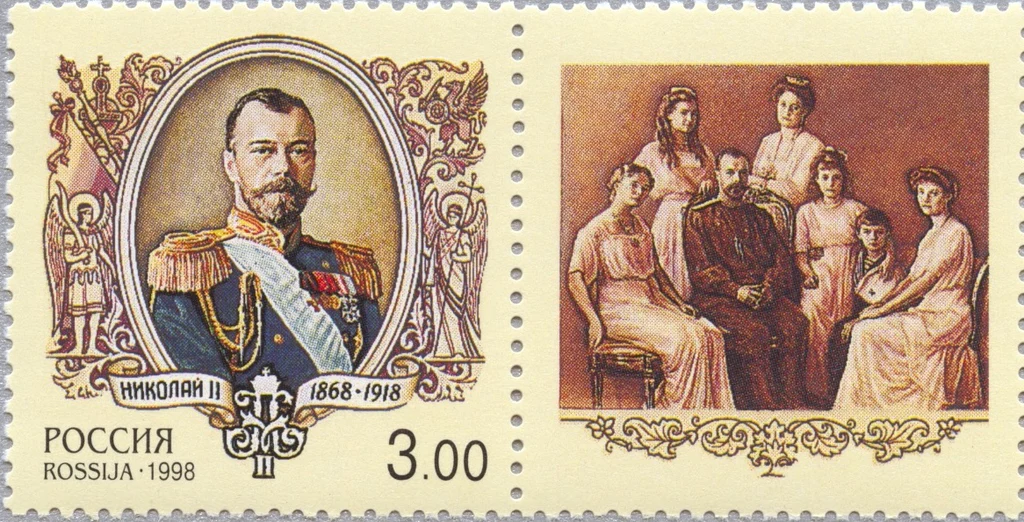
Sultan Sulieman (Sulieman The Magnificent) is often revered as one of the greatest Ottoman rulers as the Empire reached the peak of its political and military power when he was a Sultan.
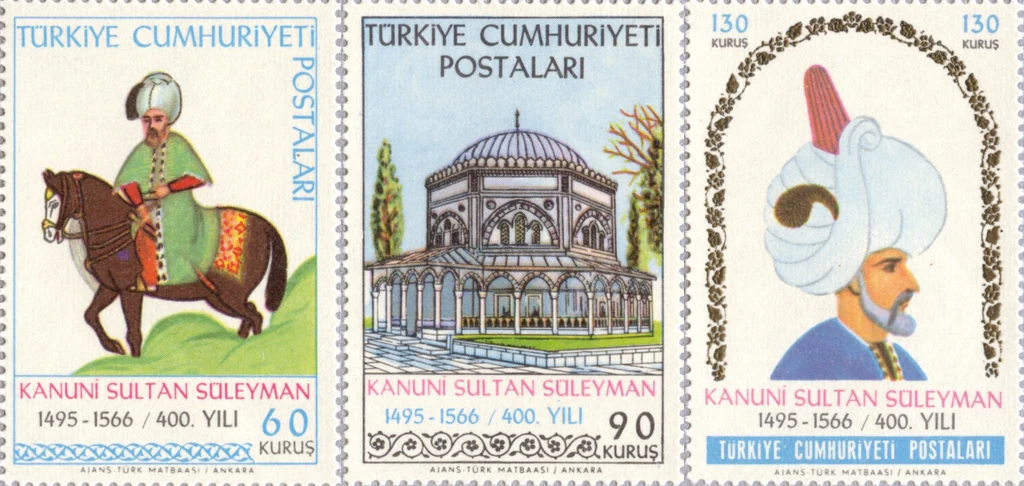
The Ottoman Empire was one of the largest and most long-lasting empires in history. At its greatest extent, the empire extended to three continents — stretching from the Balkans in southeastern Europe across Central Asia, Arabia, and North Africa, thanks in large part to the Ottoman military and its use of gunpowder.
Queens and Empresses
On stamps of Eastern Europe present impressive and enduring female rulers.
Catherine the Great was the Empress of Russia (1762 -1796) and the longest ruling female ruler of Russia. The period of her rule, The Catherinian Era is considered the Golden Age of Russia. She came to power following a coup d’etat to overthrow her husband. She was considered an “enlightened” despot. She led crushing victories over the Ottoman Empire in the Russo-Turkish wars, accessed territories along the Black and Azov seas and partitioned what is present day Poland placing it under control of Russia.


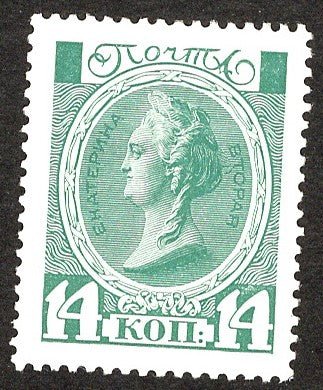
Maria Teresa was Queen of the Hungarians, Czechs, Croatians and Archduchess of Austria reigning from 1740-1780. As the wife of Francis I (Holy Roman Emperor) she held the title of Empress, becoming the only female to reign the Hapsburg Monarchy. She was regarded as an enlightened ruler, abolishing torture and witch hunting and improving the position of peasants. Her lineage may be her most significant legacy impacting many of the rulers of Europe. Of her 11 daughters and 5 sons, three became famous rulers including Marie Antoinette, Queen of France, Leopold ll (of Belgium) and King Joseph ll (Emperor of Hungary and Austria). A joint philatelic issue celebrating the 300th Anniversary of the Birth of Maria Teresa was issued in cooperation with Austria, Croatia, Czech Republic, Hungary, Slovenia and Ukraine.
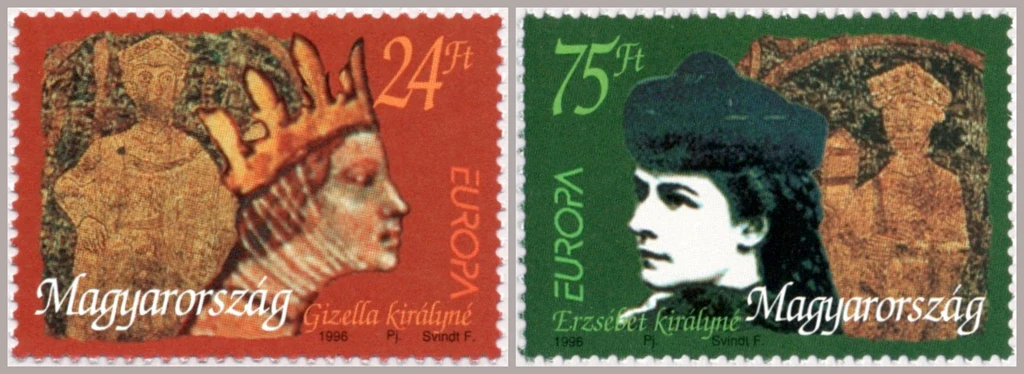
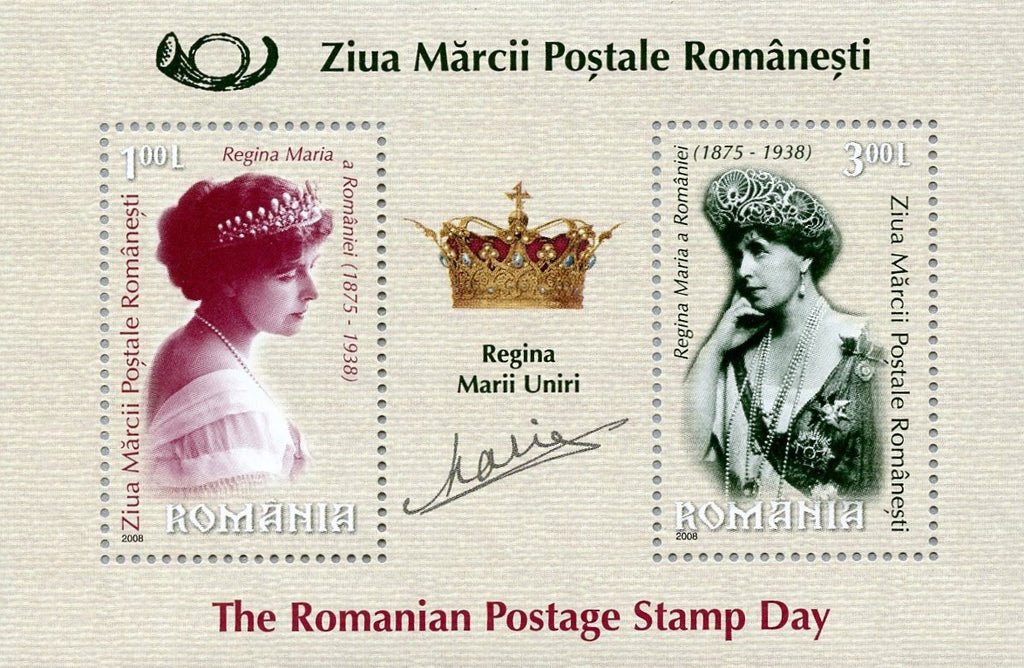
Queen Marie was the wife of King Ferdinand l and the last Queen of Romania. Born into the British royal family, Marie of Edinburgh, was Queen Victoria’s niece. She married Crown Prince Ferdinand of Romania, in 1892. Her first years on the Romanian throne were dedicated to learning the Romanian language and culture. During the first two years of World War I, Romania was neutral. On 27 August 1916, Romania enters into World War I on the side of the Allied Powers, pitting Ferdinand against his own native land, Germany. Queen Marie knew the war was the only possibility for Romania to fulfill the dream of a grand national union. Historians are convinced that King’s Ferdinand decision to enter the war on the side of the Allied Powers was influenced by Queen Marie.
By December 1918 the dream of the Romanian nation is accomplished for Romanians but must be confirmed with the rest of the world. Queen Marie leads the delegation to the Allied Peace conference that will determine Romania’s fate on the international stage. Queen Marie’s visit to French Prime Minister Clemenceau becomes very popular. At a time when women’s involvement in politics or society is not very much appreciated, Queen Marie dares to ask the French statesman for help to recover Romania’s provinces. Although she did not have the same success with all the delegates, Queen Marie of Romania managed to tilt the balance in favor of her country at the Peace Conference in Paris. On October 15, 1922, King Ferdinand and Queen Marie are crowned king and queen of all Romanians.
Princes
On stamps of Eastern Europe include Bogdan lll The One-Eyed from Moldova, Prince Svatopluk of Moravia (modern day Slovakia), and Prince Danylo Romanovych of Ukraine. The prince stamp issuance from Bosnia (Serb) is a unique display of The Sad Prince, a children’s story.

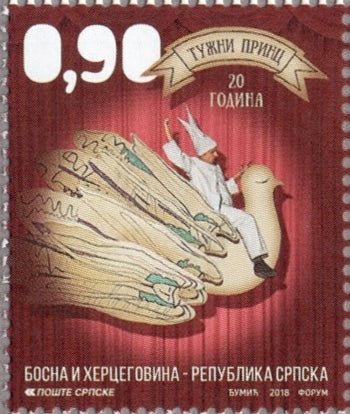
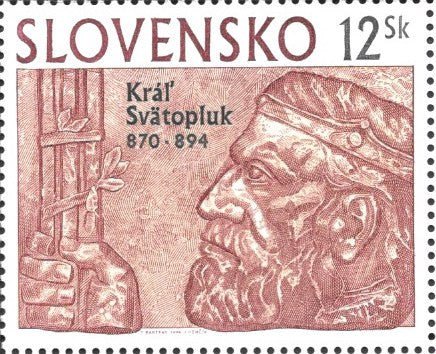
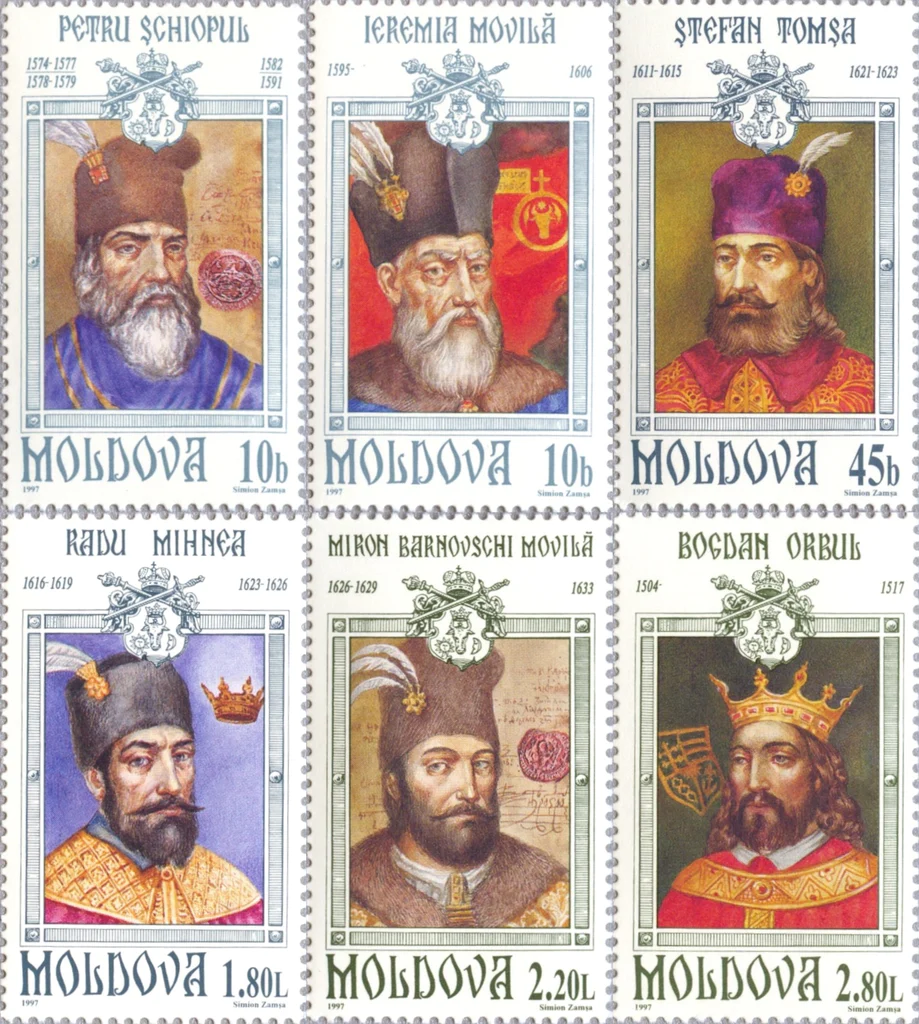
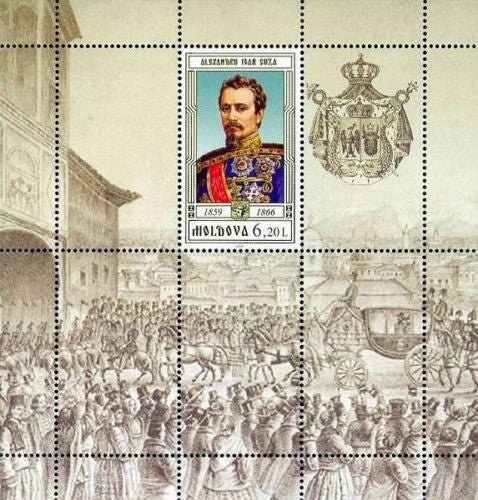

Stamp offerings of Prince Vlads range from Kvivan Prince St. Vladimir to the Romanian Prince Vlad of Transylvania, or Count Dracula!
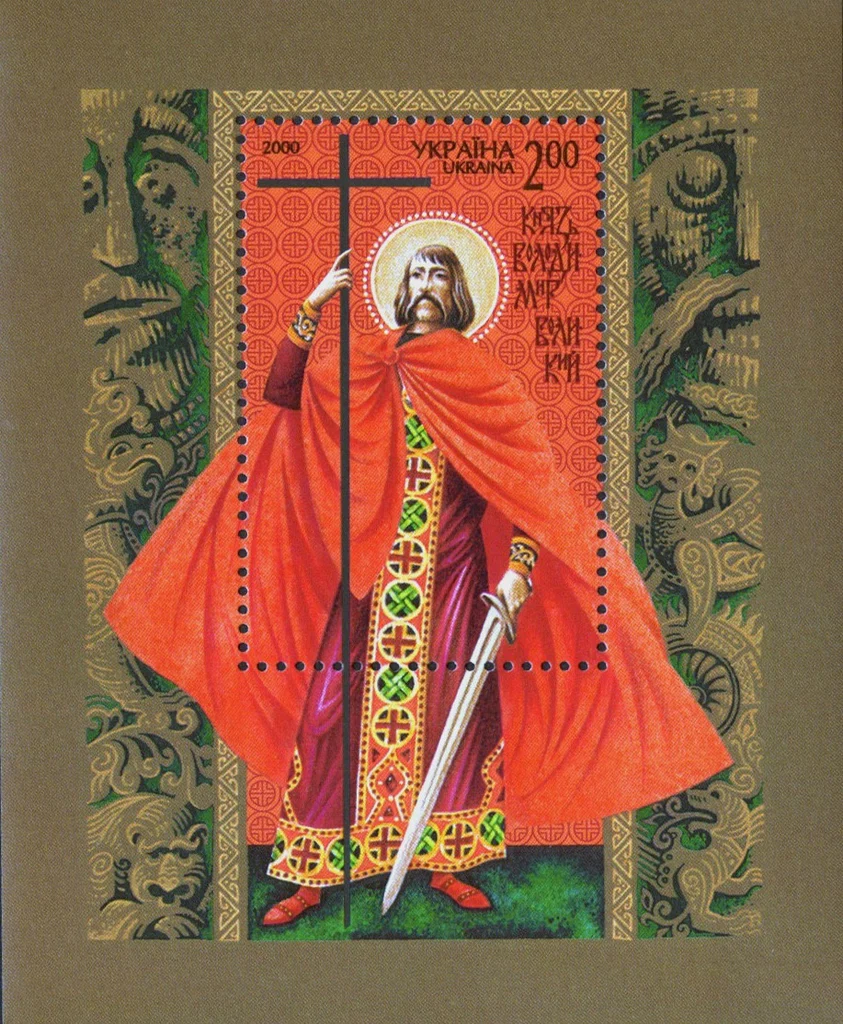
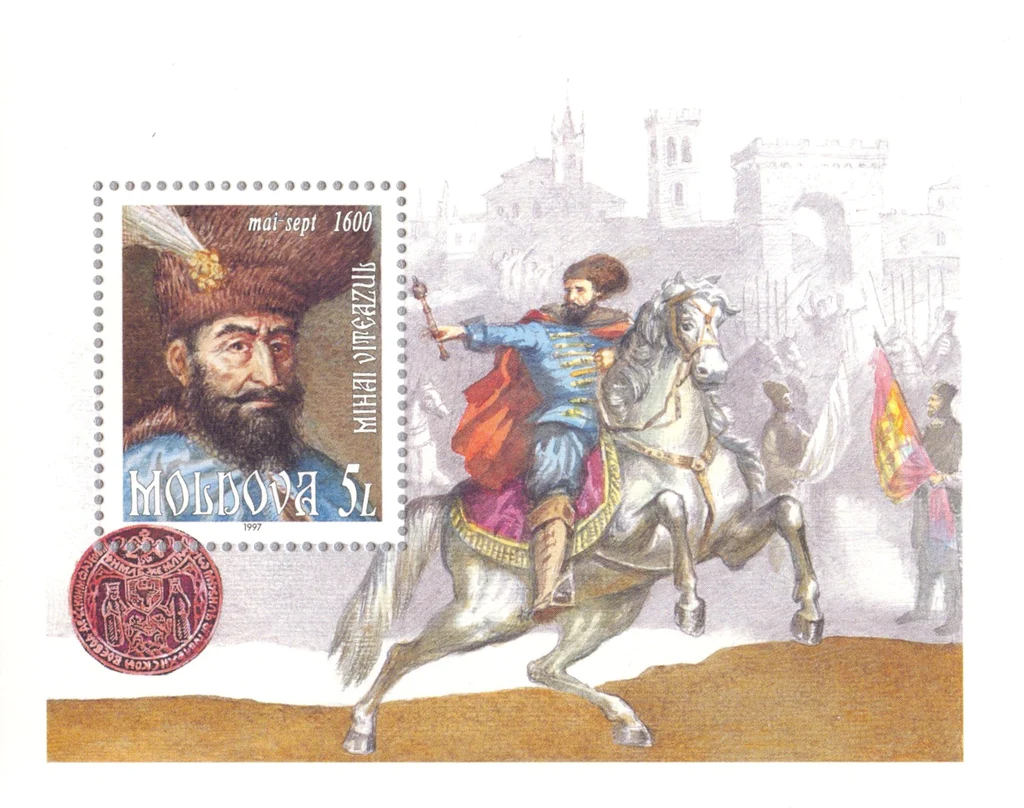
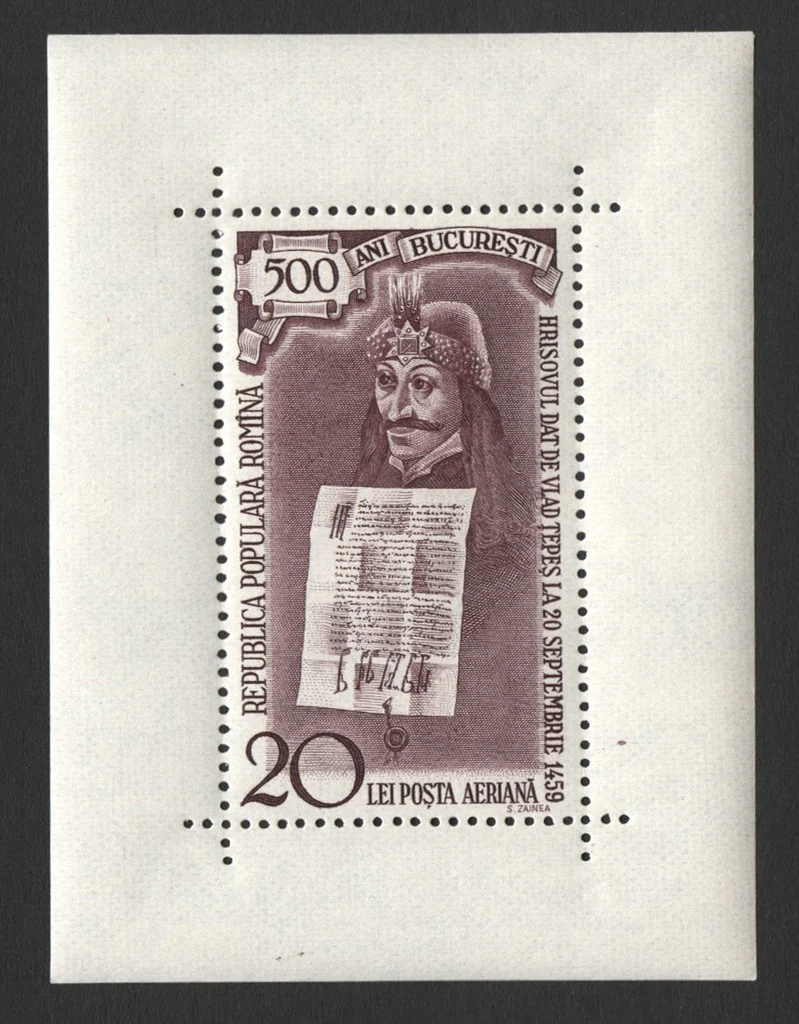
Princesses
On Eastern European stamps, range from the daughters of Kings Bela of Hungary depicted in the Saints and Blessed series, the character from the animated film The Stolen Princess, Ruslan and Ludmila issued by Ukraine, Hungary’s offering of the Gypsy Princess to the issuances of Princess Diana from Azerbaijan, Romania and Moldova.
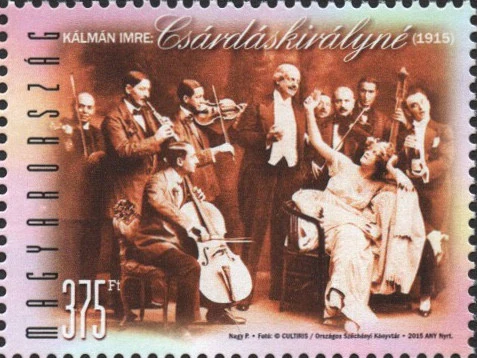
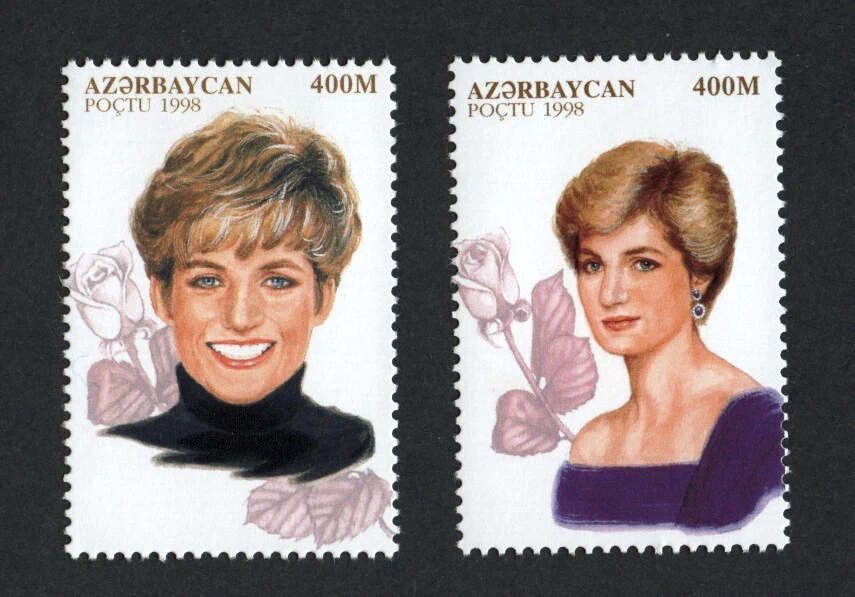
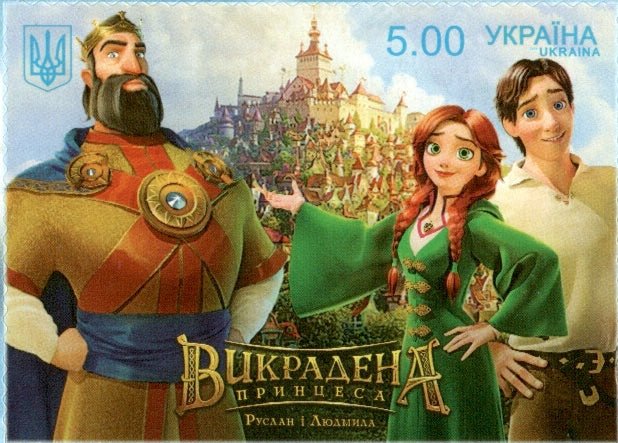
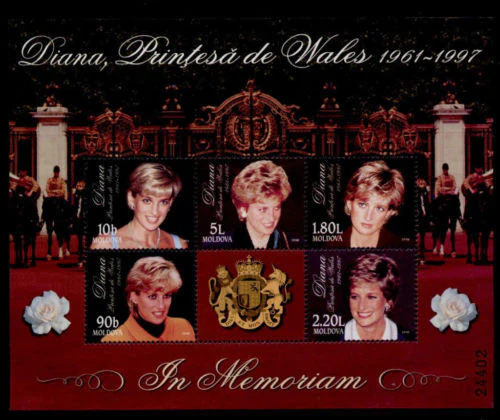

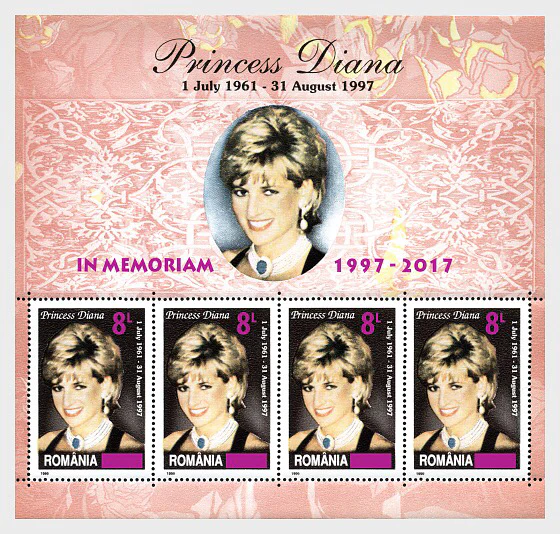
Crowns & Coats of Arms
Saint Stephen’s Crown, venerated crown of Hungary, is the symbol of Hungarian nationhood. This crown is what ensured true acceptance of the sovereign by the Hungarian people. Pope Sylvester II made Stephen the gift of a crown when he became King of Hungary on Christmas Day in the year 1000. During World War II and into the Soviet Era, the Crown was entrusted to a U.S. Army unit by a Hungarian honor guard to keep it from being seized by first Nazi then Soviet troops. It remained in U.S. guardianship at Fort Knox until it was returned in 1978 by President Jimmy Carter.
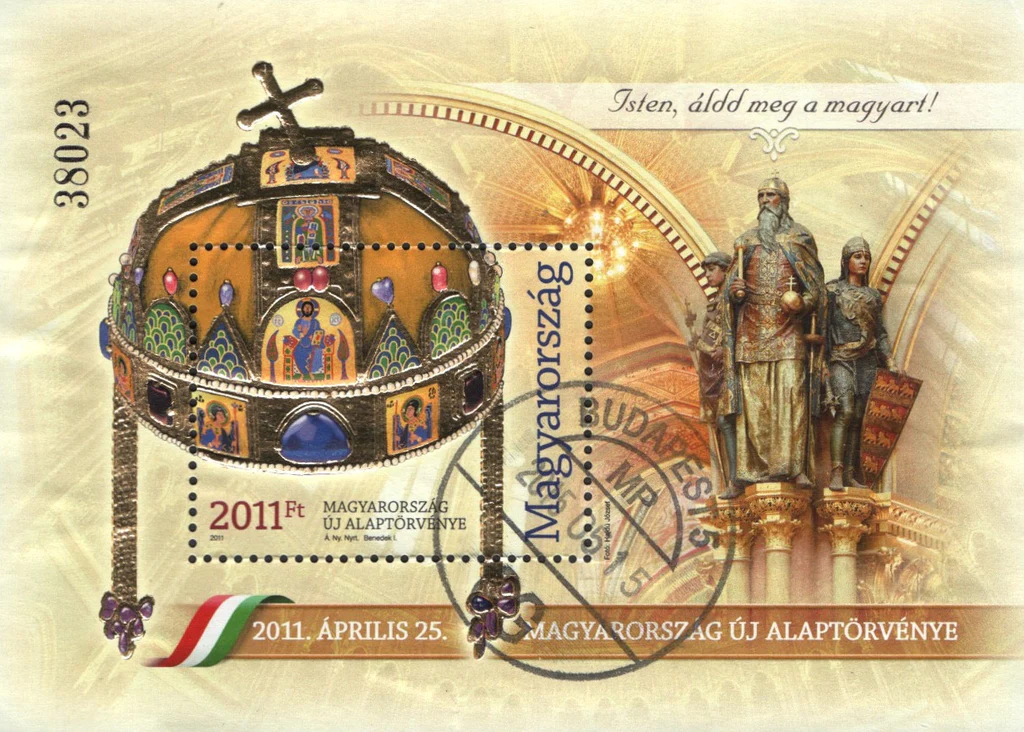

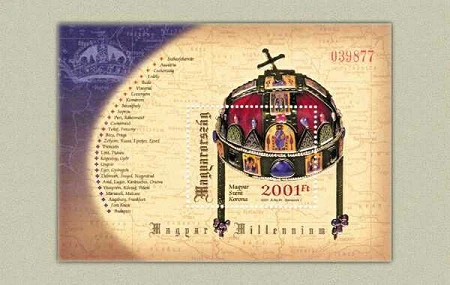
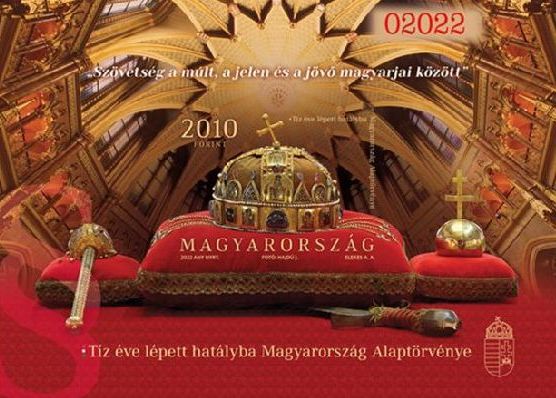
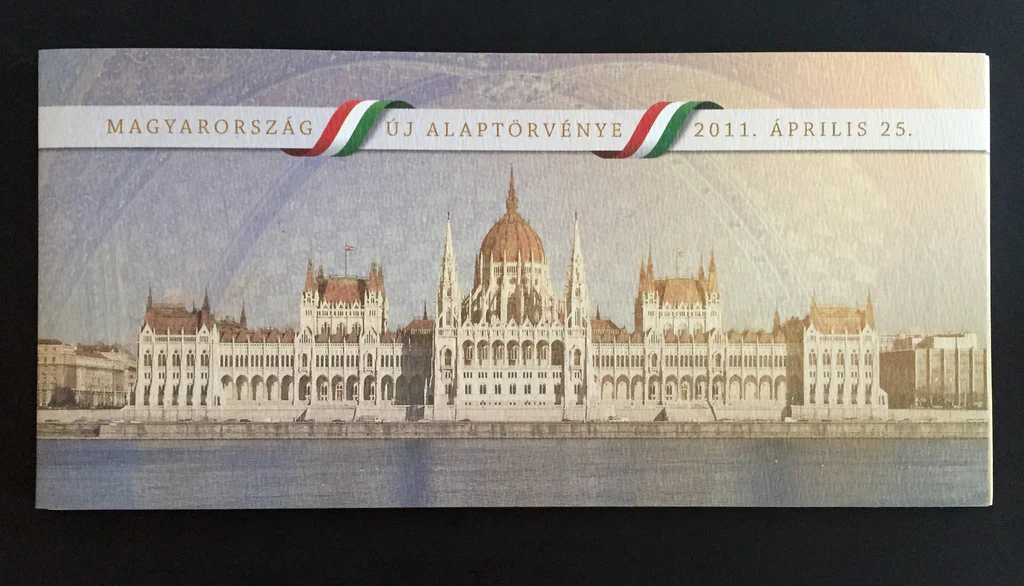
Coats Of Arms
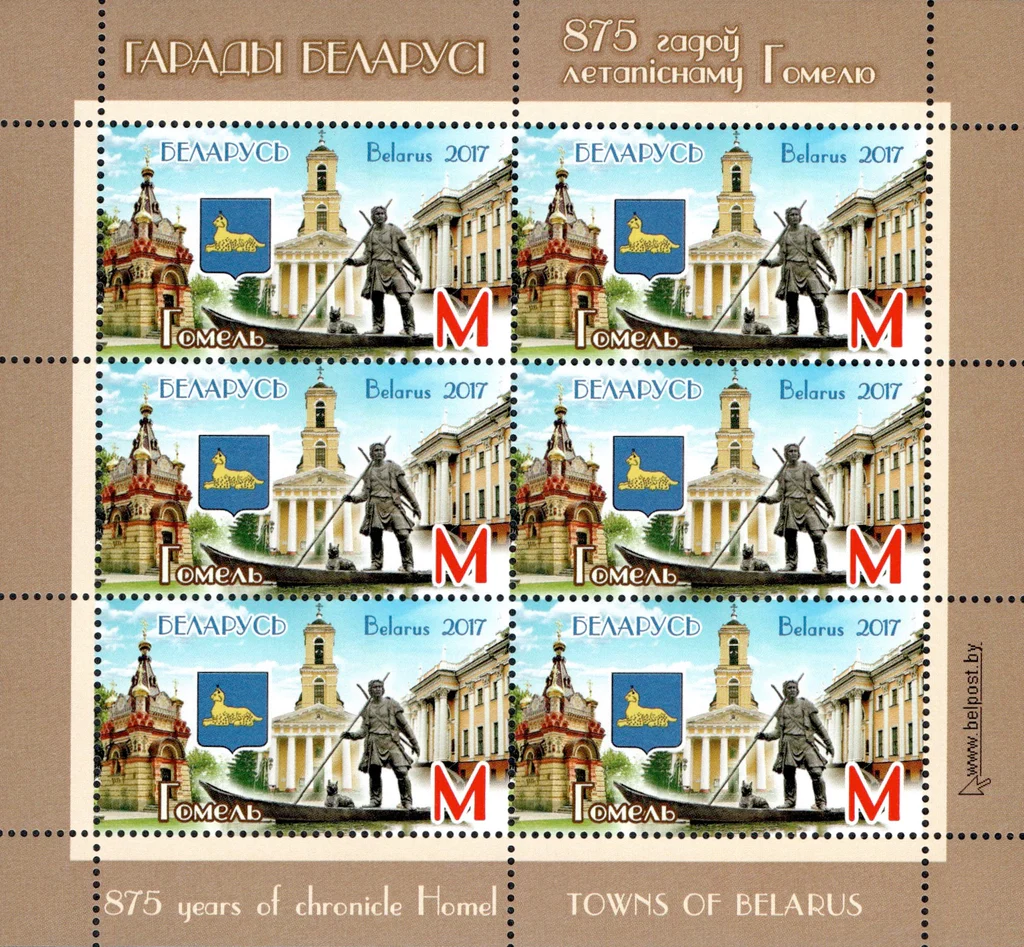

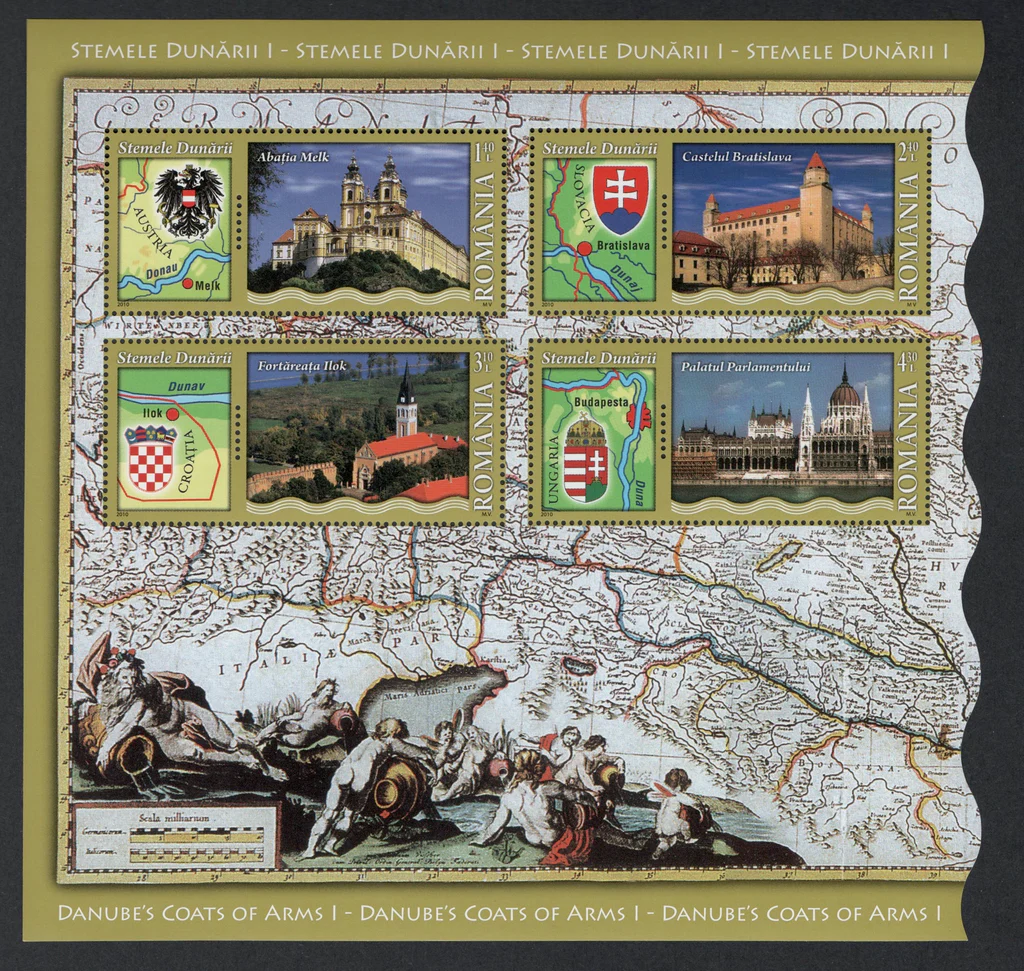
Royals on Stamps of Eastern Europe can take on many metamorphosis and be represented by Sports Royalty, Music Royalty and even Religious Royalty.
Music Royalty
Issuances of Music Royalty have depth and a wide range on the stamps of Eastern Europe, from Ukraine’s Jamala, Winner of Eurovision Song Competitions, to Hungary ‘s Composer Béla Bartók’s Opera Bluebeard’s Castle, to jazz icons Ella Fitzgerald and Elvis “The King”.
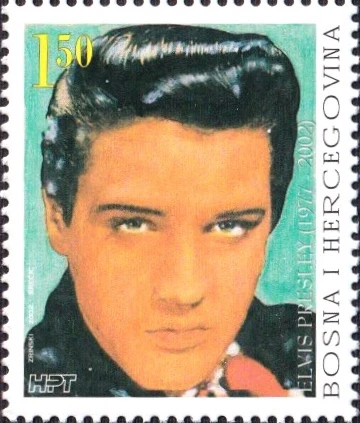


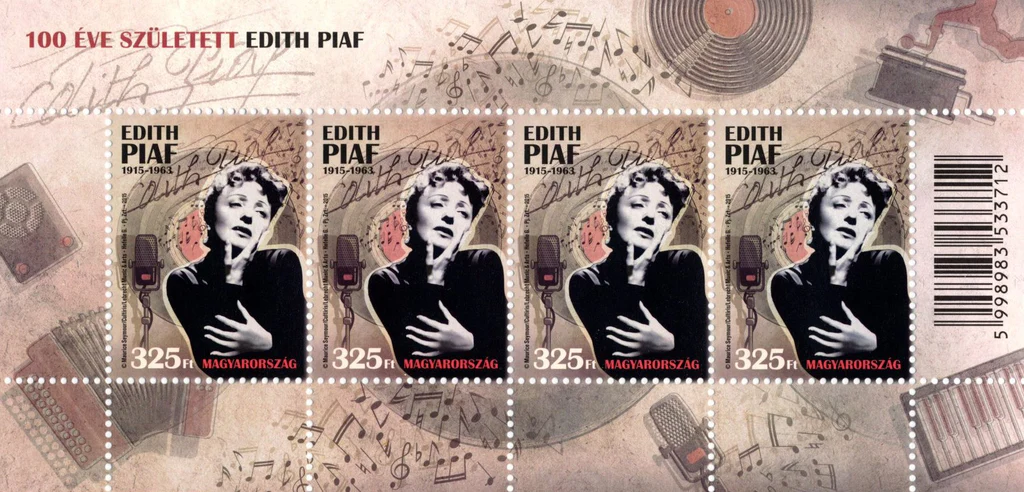

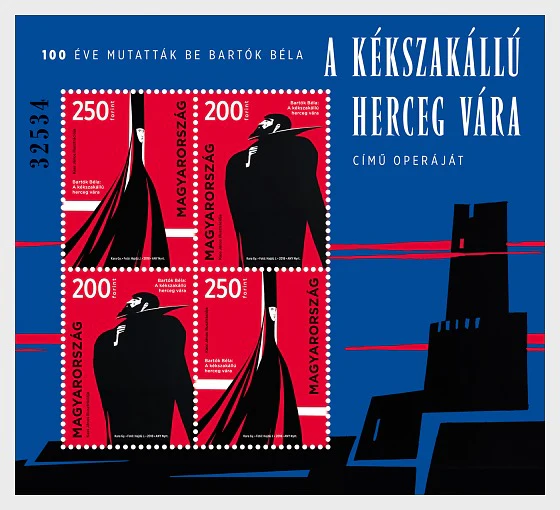
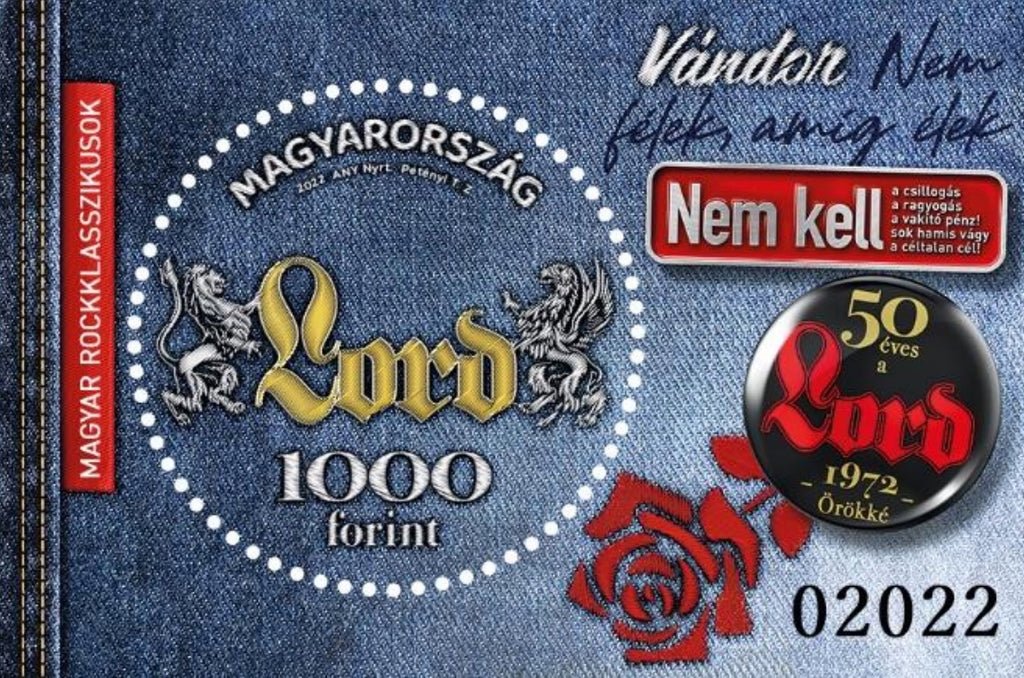
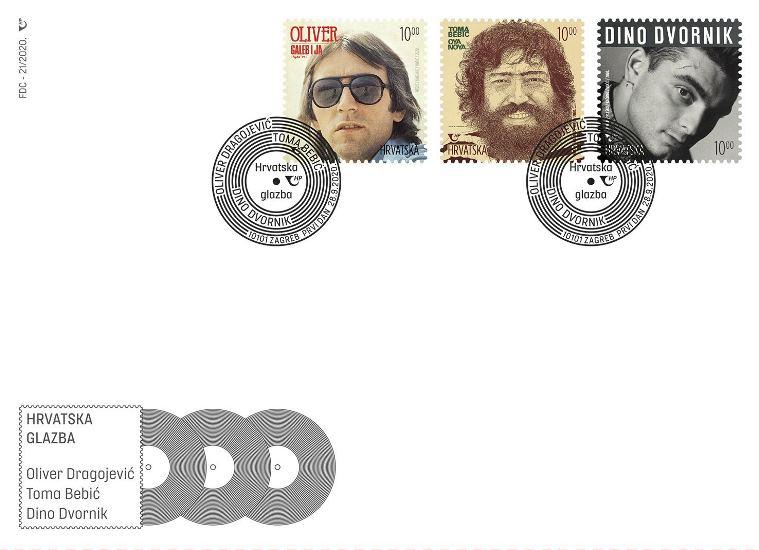

Of special interest is the haunting 2020 joint issuances of Beethoven by Ukraine, Bulgaria, Bosnia, Macedonia, Armenia, Azerbaijan, Romania and Poland.
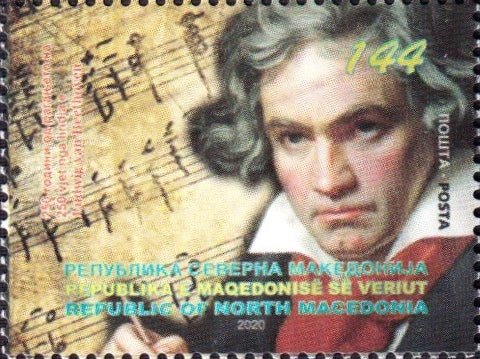

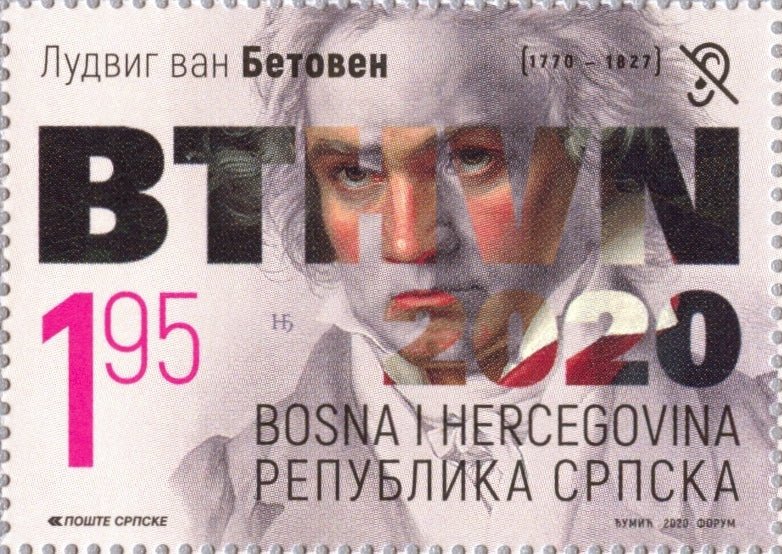

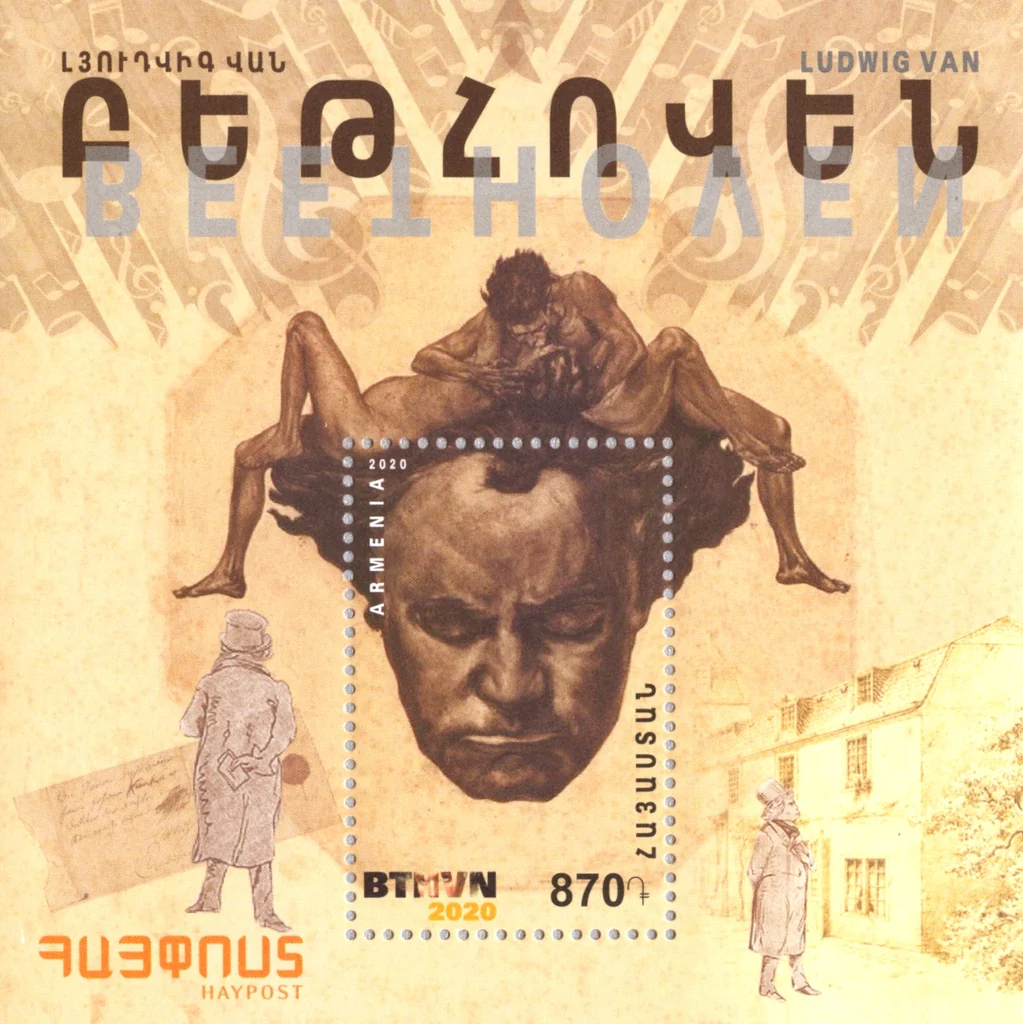

Sports Royalty
On Eastern European stamps include Olympic athletes, World Cup skiers, weight lifters, boxers, wrestlers, ice hockey, tennis, soccer and swimming champions.

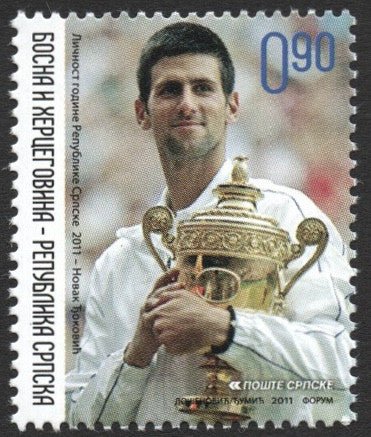
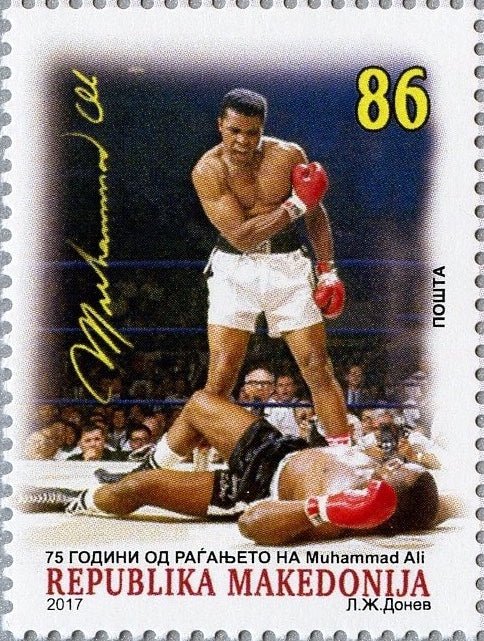


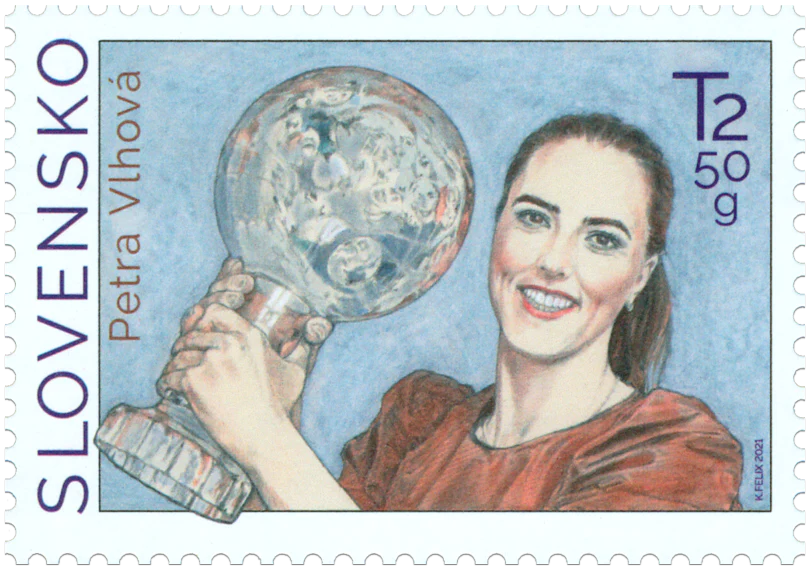
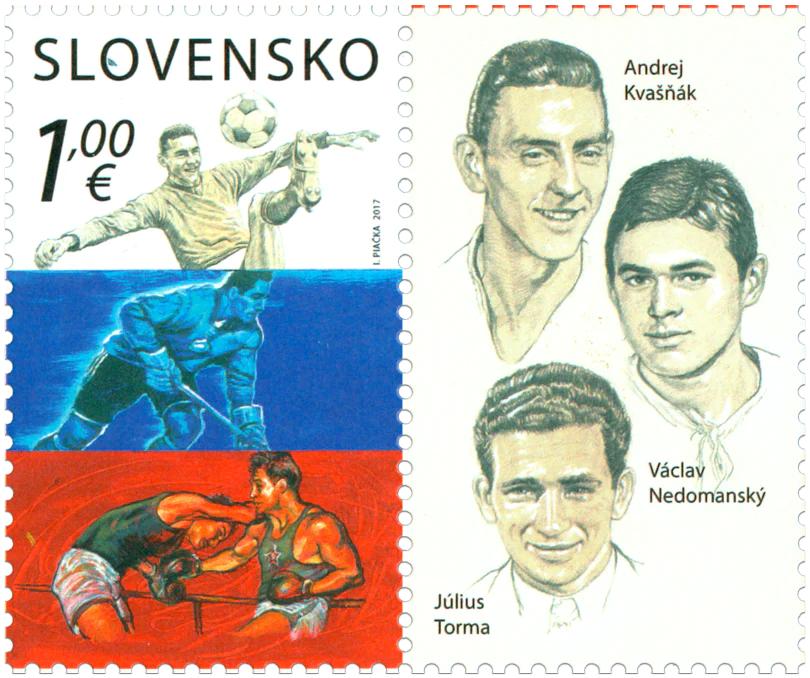


Of special note is the Hungary Souvenir sheet of the 1956 Olympics. This sheet commemorates the brave Hungarian athletes who competed during the Hungarian Revolution. The water polo team in particular fought a “bloody match” against the Soviet Russian team while the brave Hungarian patriots stood their ground in the streets of Hungary against Soviet oppression. The Hungarian water polo team won their famous “Blood in the Water” match against the Soviet Union 4-0.
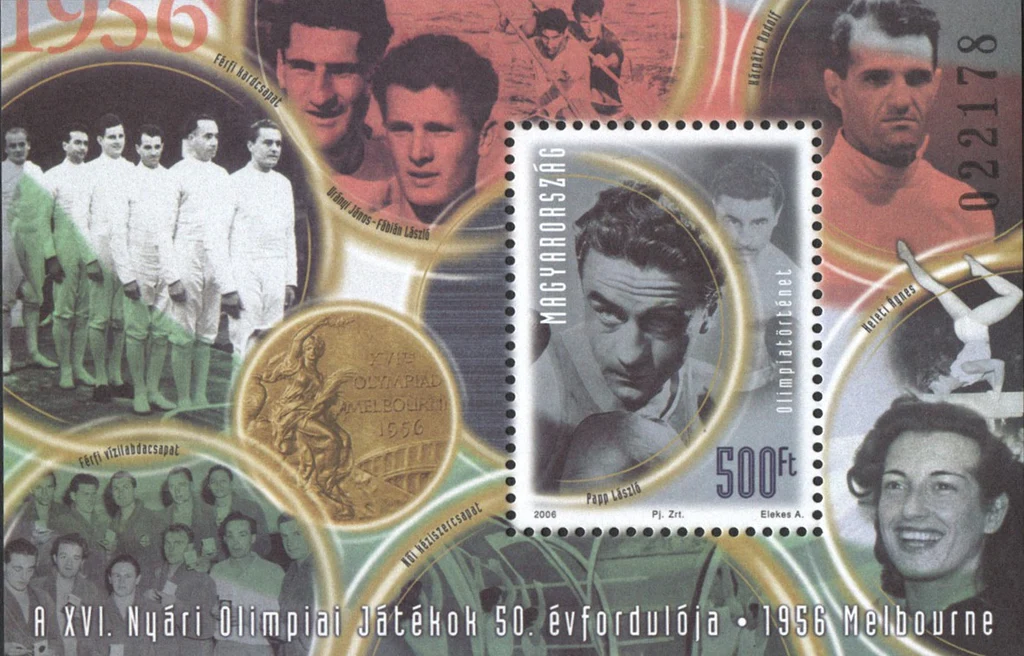
Religious & Social Activist Royalty
Eastern European stamp issuances include the beautiful Saints and Blessed Series from Hungary issued over several years.
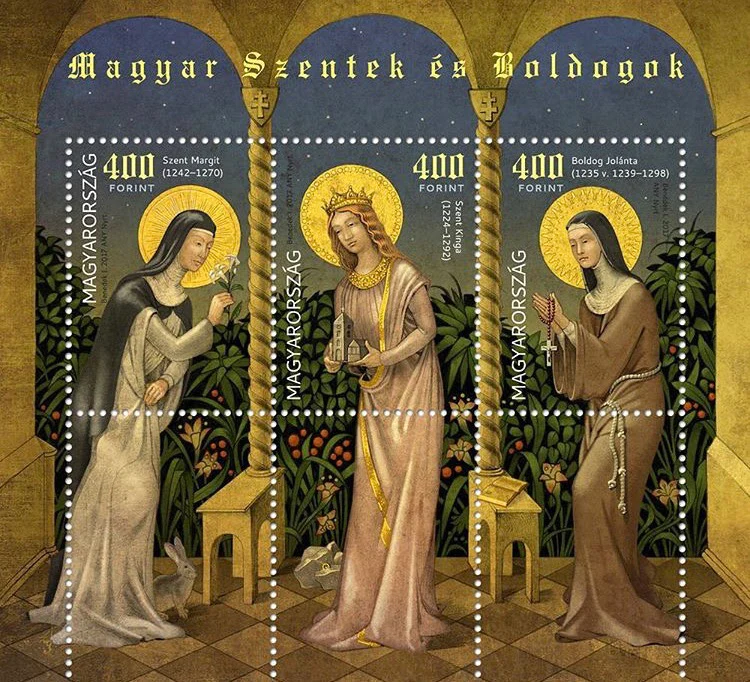
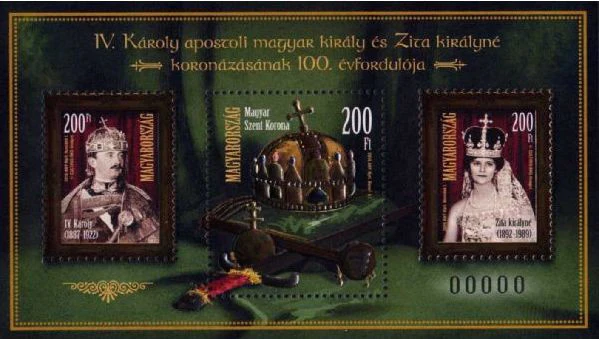

Included in the series is one of the most important figures in the foundation of the Church in Hungary. Saint Astrik was a Benedictine monk, the abbot of several monasteries, ambassador, bishop and archbishop. He was summoned by King Stephen in 1000 to accomplish his most important diplomatic mission, to bring a crown and permission to establish an ecclesiastical organization in Hungary from Pope Sylvester II in Rome. In the summer of 1001 he acted as a papal nuncio in Hungary and was appointed arch bishop of Kalocsa by the he first Hungarian king, Saint Stephen. Astrik was invaluable in establishing Christianity in Hungary and he constantly strove for the salvation of souls by leading an exemplary holy life.
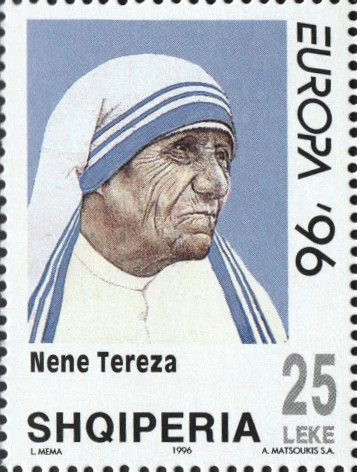

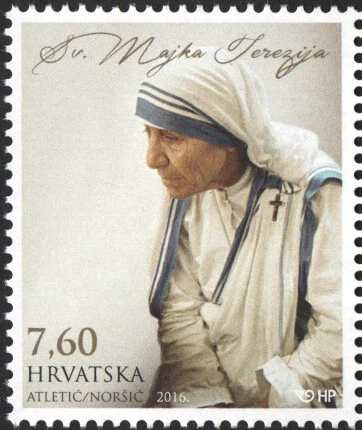

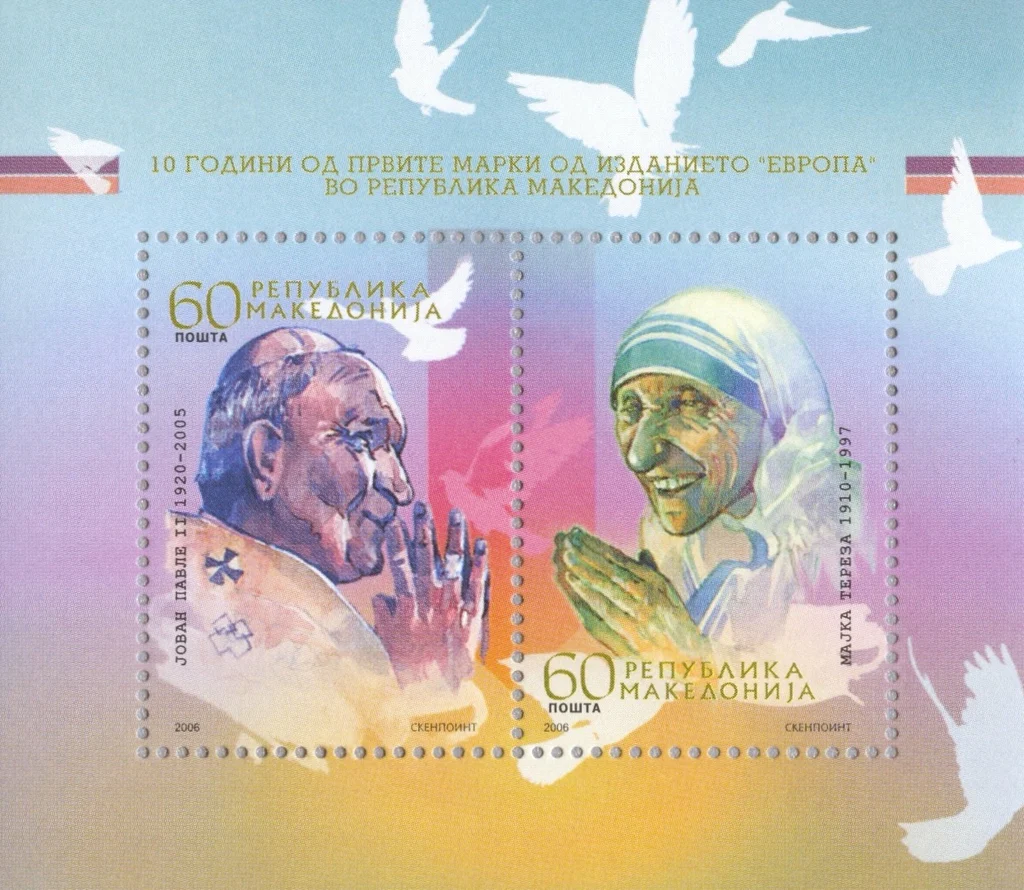
Modern day religious royalty on stamps of Eastern Europe include Mother Teresa and Pope John Paul II.
There are some Royalty On Stamps of Eastern Europe that supersede any one category as they are really personalities that have changed the World.
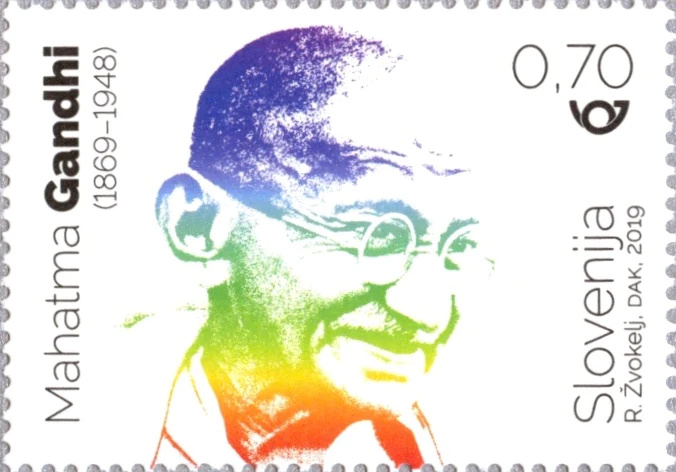

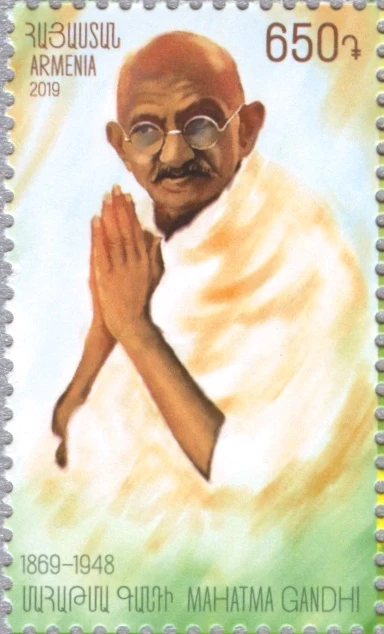
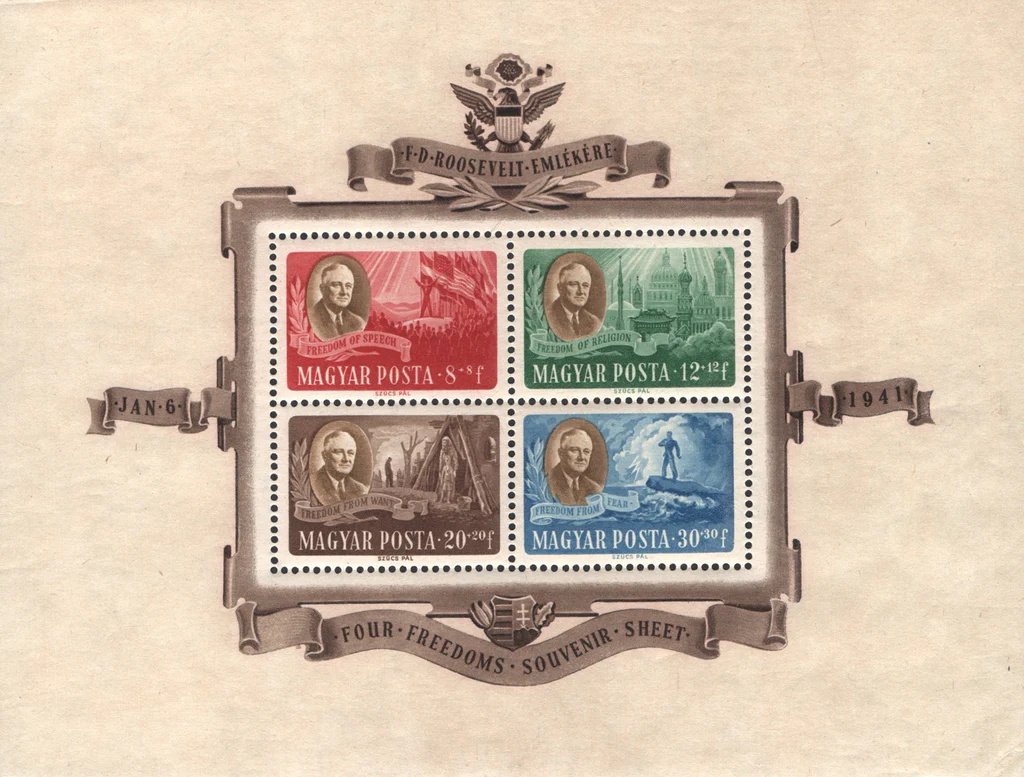
Four Freedoms
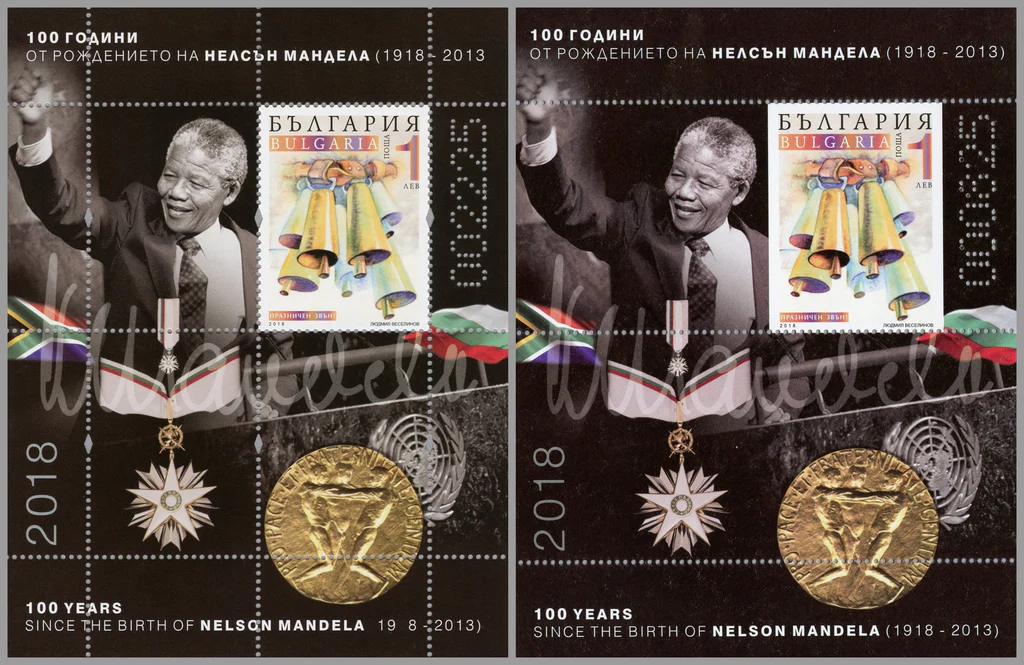
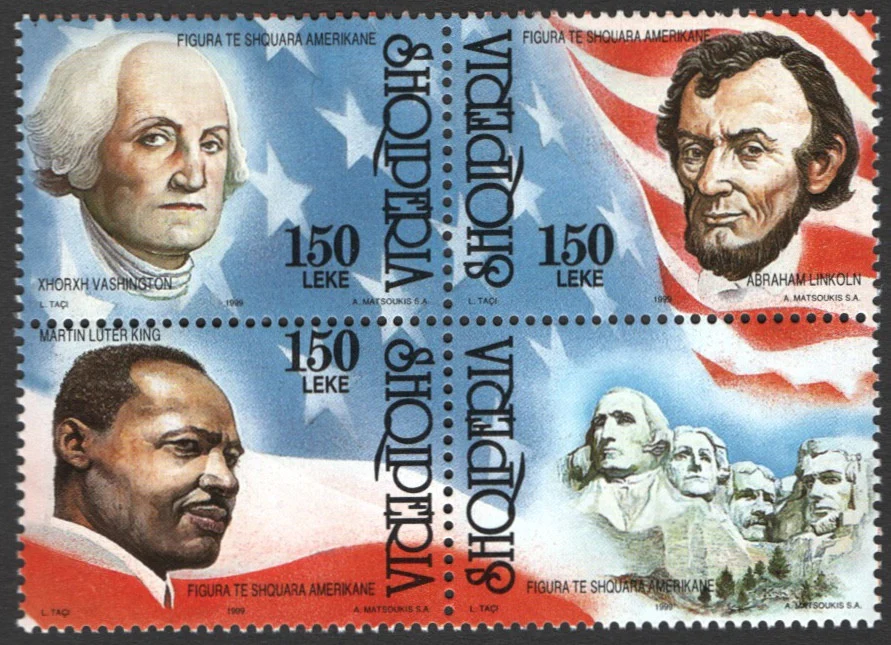
MLK, Washington,LIncoln

Mother Teresa, Raffaello Sanzio, Florence Nightingale, Ludwig van Beethoven
From all of us here at the Hungaria Stamp Exchange we hope you have enjoyed viewing the highlights of newest collection Royals on Stamps of Eastern Europe.
With our sincere wishes for a peaceful holiday season of Easter, Passover and Ramadan.
Sincerely,
The Bauer Family